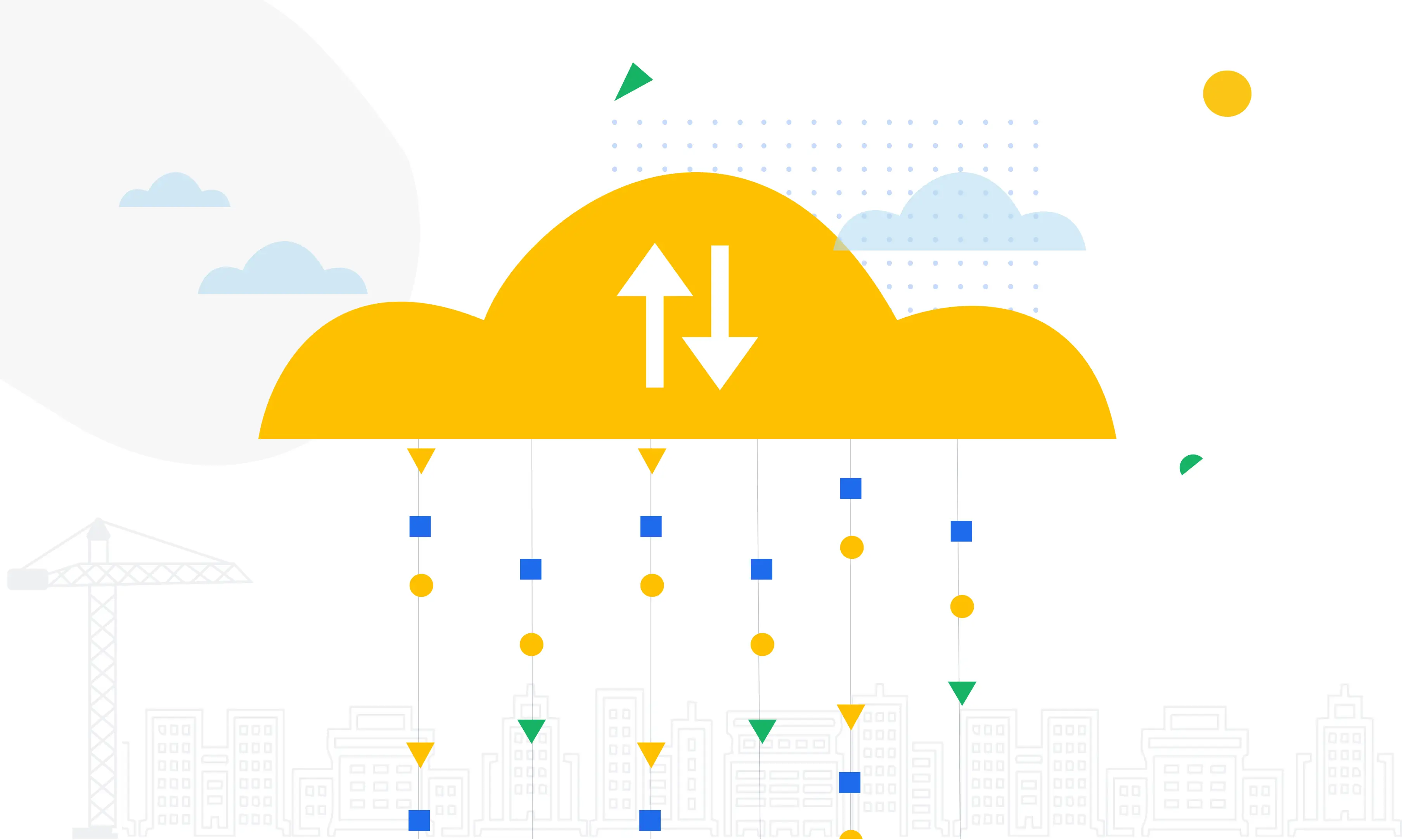Blogs Home
Crafting an Effective Cloud Disaster Recovery Plan for Your Business
Published on January 26, 2024
3 min read

Technology is a big part of our lives, and the cloud makes it even better. We can do amazing things with the cloud, like running complicated tasks or recovering from disasters. Before the cloud, dealing with a catastrophe that affected our data and systems was tough. But now, the cloud helps us plan and execute a cloud disaster recovery, a way to restore everything quickly and easily..
However, cloud computing also comes with some risks and challenges. These risks can cause data loss, downtime, and damage to the reputation and revenue of the business. Therefore, companies must have a cloud disaster recovery plan that can help them restore their operations and data during a disaster.
What is a Cloud Disaster Recovery Plan?
A cloud disaster recovery plan is a strategy that enables an organization to restore its IT systems and data in the event of a disaster by using cloud-based resources and services. A disaster is anything that stops you from accessing your data, apps, or systems. It could be a power outage, a data corruption, a natural disaster, or anything else that disrupts your IT operations.
The following are some of the important aspects of a disaster recovery plan:
- Recovery time objective (RTO): It is the maximum acceptable length of time your application can be offline.
- Recovery point objective (RPO): Maximum acceptable length of time during which data might be lost from your application due to a significant incident.
For more information regarding RPO and RTO, read our detailed blog.
What Should Be in Your Disaster Recovery Plan
1. Analysis of Your Resources
The analysis phase of your cloud disaster recovery plan should include a comprehensive risk assessment and impact analysis of your existing IT infrastructure and workloads. This means that you need to identify the most critical assets for your business, both digital and physical, such as data servers, software applications, machines, and equipment. This way, you can focus on restoring them first and use your resources wisely.
2. Decide which Data is Essential
Businesses often handle and store large chunks of data that are duplicated or optional for their operations. While conducting an audit, you will probably find many data sets you don’t need to keep. Also, backing up every piece of data from every IT asset in your network can be very costly and time-consuming. Hence, eliminating unnecessary data can shrink the backup size you have to create and ultimately save cloud storage and money.
3. Choose the Right Cloud Disaster Recovery Partner
Once you have created a cloud disaster recovery plan, you must find a trustworthy cloud service provider to assist you in the implementation. Choosing the right cloud partner for your disaster recovery plan is an important decision that can affect the success of your business continuity strategy. There are several factors to consider when selecting a cloud service provider that can meet your Disaster Recovery needs, such as:
- The availability and reliability of the cloud provider’s infrastructure and services.
- The compatibility of the cloud provider’s solutions with your existing IT environment.
- The compatibility of the cloud provider’s solutions with your existing IT environment.
4. Testing your Disaster Recovery Plan
You can make a plan for how to deal with disasters, but that’s not enough. You must also ensure that your plan will work when facing a crisis. That’s why it’s essential to check your disaster recovery plan regularly. You should perform regular testing and validation of your cloud disaster recovery plan, such as:
- Backup testing: Ensures your data backups are complete, consistent, and restorable.
- Restore testing: Verifies that your data and systems can be restored to a functional state within the desired RTO and RPO.
- Failover testing: It simulates a disaster scenario and verifies that your application can switch to the cloud DR site without any disruption or data loss.
- Failback testing: A recovery scenario that verifies that your application can switch back to the primary site after the disaster is resolved.
5. Dealing with Public and Clients
A positive public image is crucial for your company during and after a disaster. You should develop a public relations strategy that specifies how to inform and reassure your customers, partners, and the media. You should be clear and provide timely updates on the status of the services and the resolution of the issues. This can help you avoid or minimize reputational damage.
Conclusion
In summary, having a solid disaster recovery plan for your cloud data can protect your business from unexpected problems. You can do this by figuring out what data is most important, removing what you don’t need, choosing a reliable cloud provider, and testing your backup plan often. Also, be honest and clear with your customers and the public.
Are you looking for a reliable DRaaS provider? Contact Wanclouds, a leader in multi-cloud migrations, disaster recovery, and optimization as a service. Wanclouds can help you backup and restore your cloud infrastructure and applications across different regions and clouds with a few clicks.
Join our newsletter
Sign up for the latest news about Wanclouds.